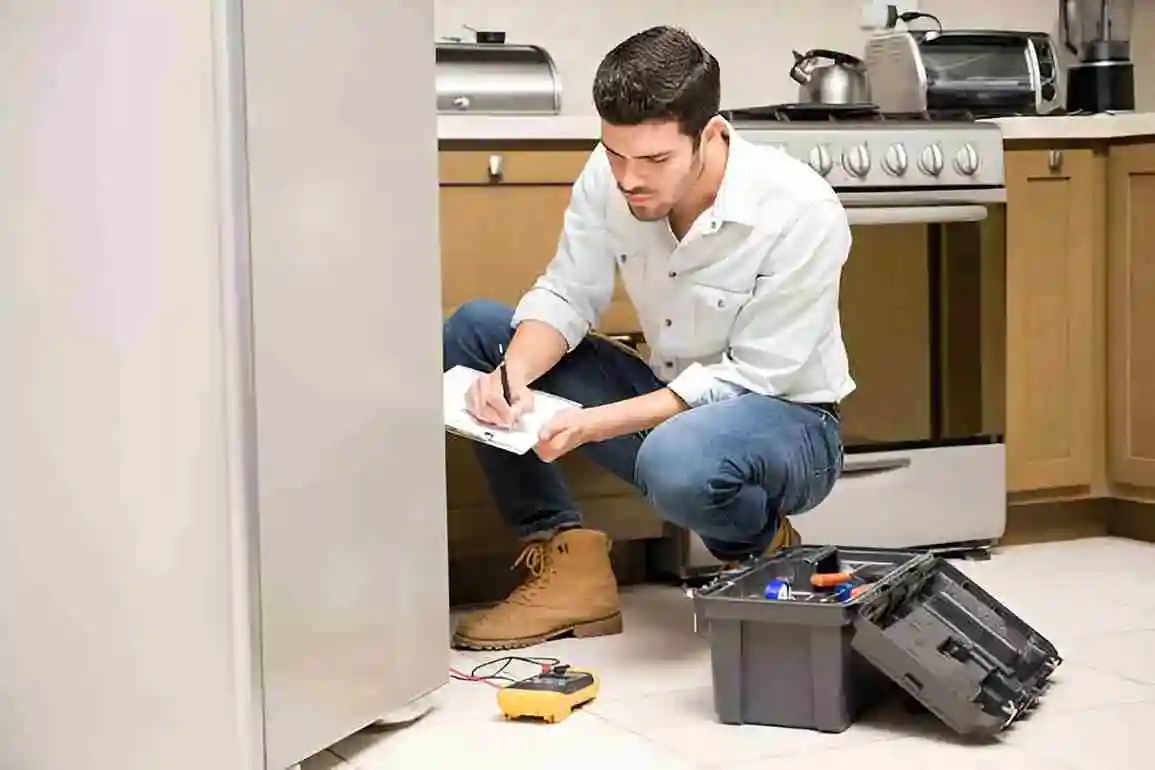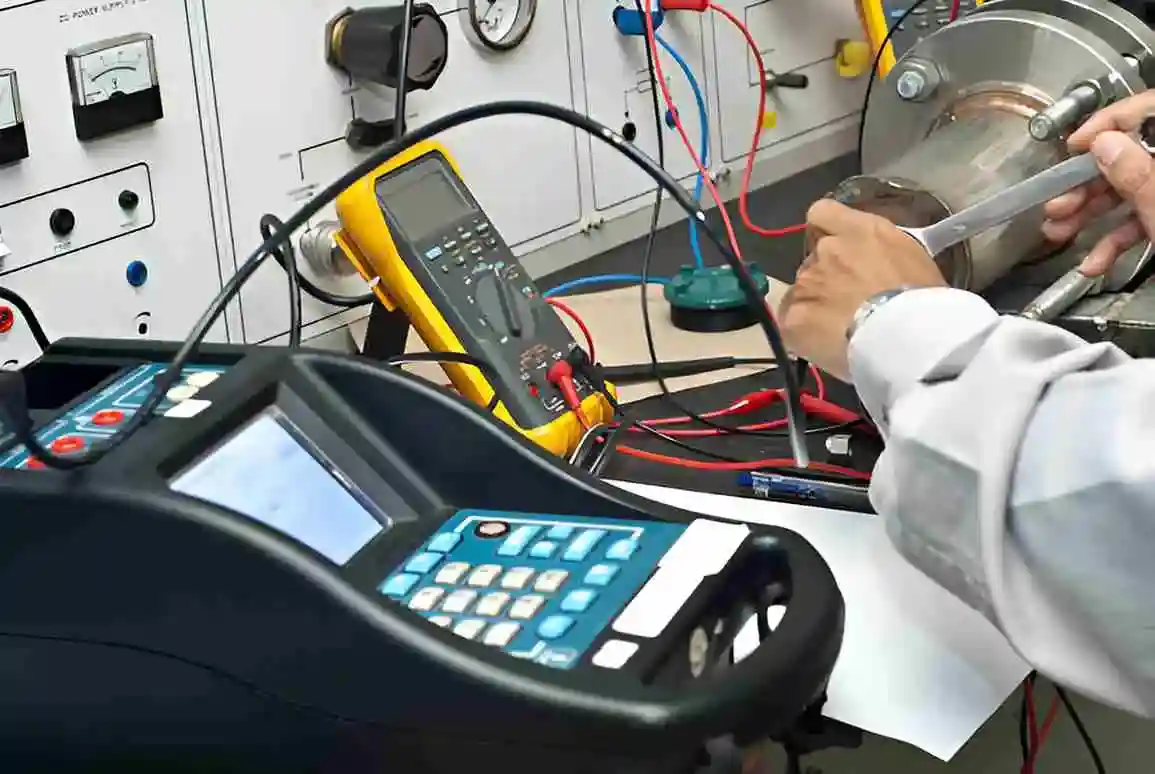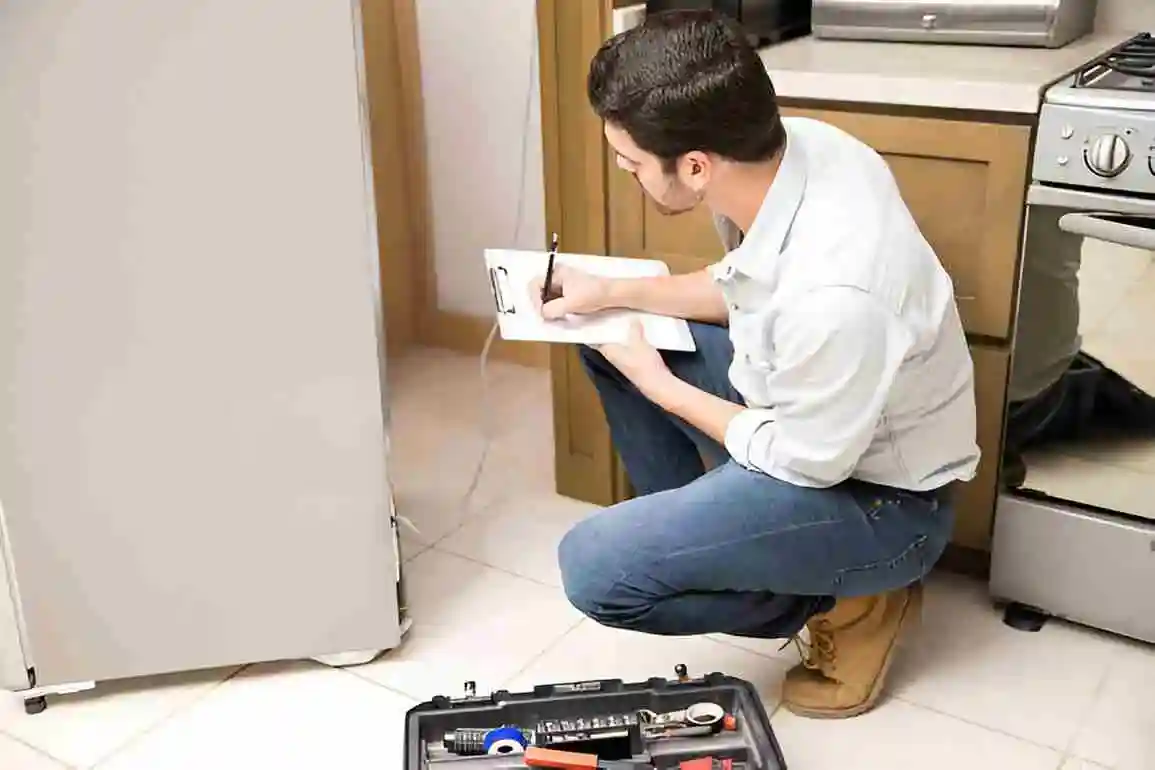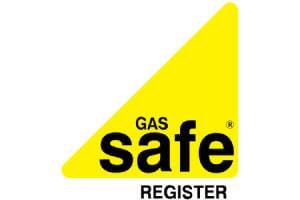
Ensuring electrical appliances are safe to use is essential for maintaining the security of any workplace or property, and the Portable Appliance Test helps in this. This process helps identify electrical faults, like damaged wires or insulation, before they become a serious issue.
But this isn’t just for health and safety, but also PAT testing is a legal requirement for businesses and landlords. Failing to carry out this test can put you at risk and can result in legal consequences. Understanding what PAT testing involves and what your responsibilities are is essential for staying compliant and maintaining a safe working environment.
Key Takeaways
- Portable Appliance Testing (PAT) helps ensure that electrical appliances are safe to use, cutting down the risk of electric shocks, fires, or injuries in the workplace.
- Regular testing is part of legal compliance, especially under the Health and Safety at Work Act, helping employers and landlords stay protected.
- Keeping detailed PAT records shows you’re serious about safety and supports your risk management efforts.
- Testing can uncover issues like damaged cords or faulty plugs, making it easier to fix them before problems arise.
- Using a qualified PAT testing provider adds reliability and makes sure everything is done to the proper standards.
What Is a Portable Appliance Test and Why Is It Necessary?
A Portable Appliance Test is a routine check to confirm that electrical appliances are safe and meet safety standards. It involves testing everything from the plug to the wiring and insulation, looking for anything that could cause an electrical fault.
These tests are essential in environments where appliances are used regularly or in harsh conditions. During a PAT, engineers check insulation quality, make sure the appliance is appropriately earthed, and make sure nothing is unsafe for people using it.
Many businesses require an electrical portable appliance test certificate as proof that checks have been carried out. This document demonstrates that you have taken proper steps to care for your staff and visitors. It also adds to your company’s integrity, as people trust organisations that take safety seriously.
On top of that, regular PAT testing helps avoid costly damage or injuries and keeps you up to date with changing safety rules.
Which Appliances Should Be Tested and When?
People often think only high-powered equipment needs PAT testing, but in reality, a wide variety of appliances should be checked. Anything that can be plugged in and moved is called a Portable Appliance Test.
Some common examples include:
- Power tools used on buildings or in factories
- Kitchen items like toasters and microwaves
- Office electronics such as laptops, monitors, and printers
- Extension leads and adapters, which often go unnoticed but are used everywhere
- Medical devices, especially in care homes or clinics
Appliances in high-risk areas, like construction sites or kitchens, may need testing every year. Lower-risk environments like offices may require less frequent checks.
Following these timelines helps you avoid issues and keep everything working safely.
Legal Duties for Employers and Landlords Around Appliance Testing
If you’re an employer or landlord, it’s your responsibility to make sure any electrical appliances on your premises are safe. This is part of your duties under the Health and Safety at Work Act.
You also need to keep proper records. These show when items were tested, what the results were, and who carried out the work. If there’s ever an inspection or legal issue, these records prove that you’ve taken the proper steps.
Taking your legal duties seriously doesn’t just reduce risk. It creates a stronger safety culture and shows that your organisation is serious about looking after people.

What Happens During a Portable Appliance Test? A Step-by-Step Look
Here’s a quick breakdown of what happens during a typical Portable Appliance Test. It’s a thorough process that makes sure each appliance is safe to use:
- Visual Inspection: The tester will look over the appliance for any obvious issues like frayed wires or broken casings.
- Earth Continuity Test: This confirms that metal parts are properly grounded, helping to prevent electric shocks.
- Insulation Resistance Test: This checks that the insulation is doing its job by preventing electricity from leaking.
- Polarity Check: It ensures that the wiring inside the plug is connected correctly.
- Functional Testing: Finally, they’ll make sure the appliance turns on and works as expected.
Each of these steps plays a role in catching faults that might not be obvious at first look.
Common Issues Found During PAT Testing and How to Solve Them
PAT testing often uncovers a few common issues that can easily go unnoticed. Let’s take a look at common problems and how you can fix them:
| Issue | Potential Consequences | Suggested Fix |
|---|---|---|
| Damaged Insulation | Electric shock hazards | Replace damaged cables |
| Loose Connections | The appliance won’t work properly | Tighten or rewire connections |
| Overheating Devices | Risk of fire | Check for ventilation or replace the item |
| Faulty Switches | The appliance won’t turn on/off safely | Replace the switch |
| Worn-out Plugs | Risk of poor contact or sparks | Fit a new plug |
Who Can Carry Out a Portable Appliance Test? Do You Need a Qualified Engineer?
Some companies consider doing PAT testing themselves, but it’s important to remember that this isn’t just a visual check; you need the proper knowledge and equipment to do it properly.
A qualified Portable Appliance Test tester should:
- Understand current electrical safety standards
- Know how to use PAT testing tools
- Be able to spot subtle warning signs of appliance failure
- Have experience with a range of appliances
- Be aware of relevant legal consequences
Hiring a trained professional adds peace of mind. You know the job’s done right, and if anything ever goes wrong, you have a trusted expert to back you up. Plus, having an expert on board shows that your company takes safety seriously.
Landlord Safety Certification has expert engineers who professionally provide services at affordable prices.
How Much Does a Portable Appliance Test Cost in the UK?
PAT testing doesn’t cost much, especially when you think about the problems it helps you avoid. In most cases, the cost in the UK ranges from £2 to £10 per item, although prices can vary depending on:
- Where you’re located
- The number of appliances being tested
- The complexity of the equipment
- Whether certification is included
Many companies offer discounted packages for large volumes, so the more items you have, the more cost-effective it becomes. Some providers also include detailed test reports and certificates in the fee.
Landlord safety certification provides the most reliable service at affordable prices.
When budgeting for Portable Appliance Test, think of it as an investment in safety and peace of mind, not just a compliance exercise.
Top Benefits of Regular PAT Testing for Businesses and Property Owners
Making PAT testing part of your regular maintenance schedule comes with a long list of benefits:
- Lower Risk: You’ll catch and fix problems before they lead to accidents.
- Stay Compliant: Keeping up with your legal responsibilities helps avoid penalties.
- Extend Appliance Life: Regular checks and repairs can help your appliances last longer.
- Build Trust: Clients and tenants are more likely to trust businesses that take safety seriously.
- Save Money: Catching faults early prevents expensive repairs or even legal costs.
Regular Portable Appliance Test checks show that you’re a forward-thinking business owner or landlord who cares about safety, reputation, and efficiency.

How to Choose a Reliable PAT Testing Service Near You
If you’re looking for a PAT testing provider, don’t just go with the first name you find. Here’s what to look for when choosing a trusted local service:
- Certifications: Make sure they’re qualified and follow legal regulations.
- Customer Feedback: Check online reviews and ask for references if needed.
- Range of Services: A good provider offers testing plus advice on compliance.
- Clear Pricing: Get a quote upfront and ask what’s included; some will bundle in reports or certificates.
- Customer Support: Responsive and helpful service is a good sign that they’re reliable.
Landlord Safety Certification has expert engineers who professionally provide services at affordable prices.
Taking the time to find the right Portable Appliance Test service pays off in the long run. You’ll have better support, better documentation, and more confidence in your safety practices.
Portable Appliance Test Records: What You Should Keep and Why
It’s really important to keep records of your Portable Appliance Test tests. These records help prove you’ve taken the proper steps to ensure safety and meet legal requirements.
What you should keep:
- The date of each test
- Details of the equipment (brand, model, serial number)
- Pass/fail results
- The name of the tester
- Notes on any repairs or maintenance carried out
When safety inspections happen, these records show you’re taking your responsibilities seriously. They also help track appliance performance over time and support more thoughtful decision-making about maintenance or replacements.
Frequently asked questions.
Conclusion
Portable Appliance Testing isn’t just a formality; it’s an essential part of keeping workplaces and rental properties safe. Regular Portable Appliance Test tests protect people, reduce risk, and help meet legal obligations. They also offer peace of mind, knowing that the appliances you rely on are in safe working order.
By staying proactive, fixing common issues early, and keeping thorough records, you’ll create a safer environment and show that you take your responsibilities seriously. In the end, Portable Appliance Test testing is a simple step that brings lasting benefits for everyone involved.







